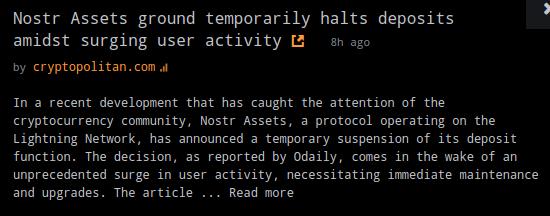Let's throw Throwback Thursday back to Wednesday.
Recently, I was in a public school sitting and waiting. Whilst waiting, my eyes meandered sideways and saw a bitcoin-orange book laying there titled "research colleges on the world wide web." Okay, I'm intrigued. Is my favorite college listed there in the world wide web research book?
I thumbed it open a few pages and immediately got flashbacked backed to the 1990s via a screenshot of Netscape Navigator.
Why this book was laying there, on a desk in 2023...well...I have no explanation.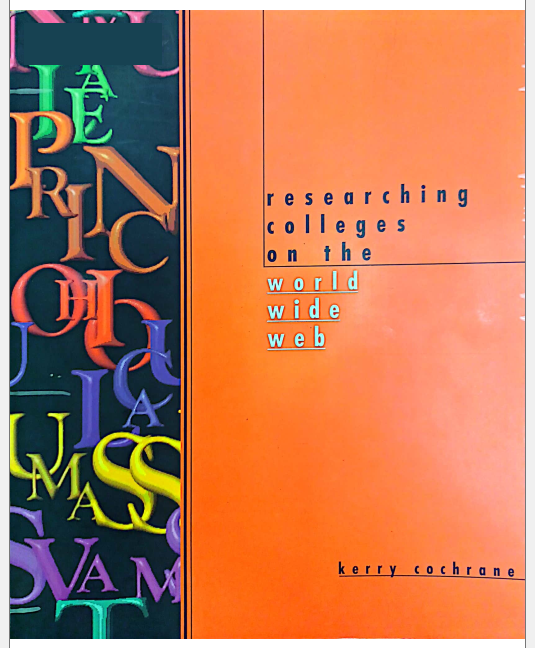
"researching colleges on the world wide web" book cover.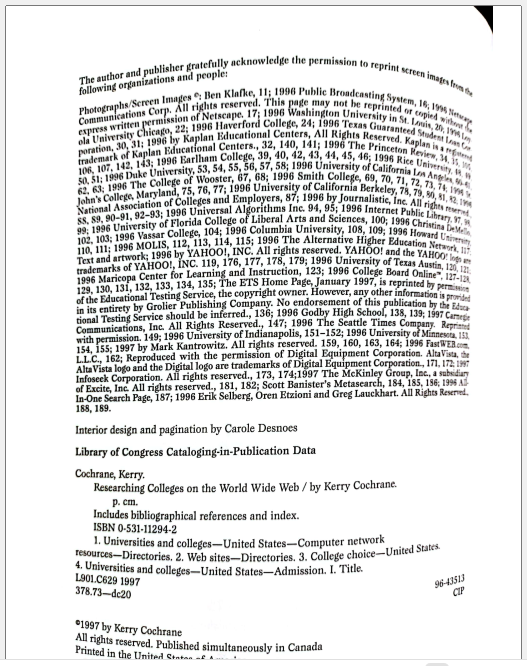
Copyright page.
"How old was this thing?" I wondered. I checked the publication year: 1997 with images from 1996. I thought to myself, "This is going to be classic!" and turned to the first page of text, below:
Evidently, in 1997, the World Wide Web (capitalized) "brings together all the material available on the Internet--graphics, sound moving images, and text--on one "page" or Web document." Holy smokes! Why can't we have all of the Internet on one page today?!!!
The next page or two had images of Netscape Navigator and I chuckled at the naked simplicity of the UI (which I deeply respect). So sweet were the days, so naive and innocent was the Eden of the nascent Internet. 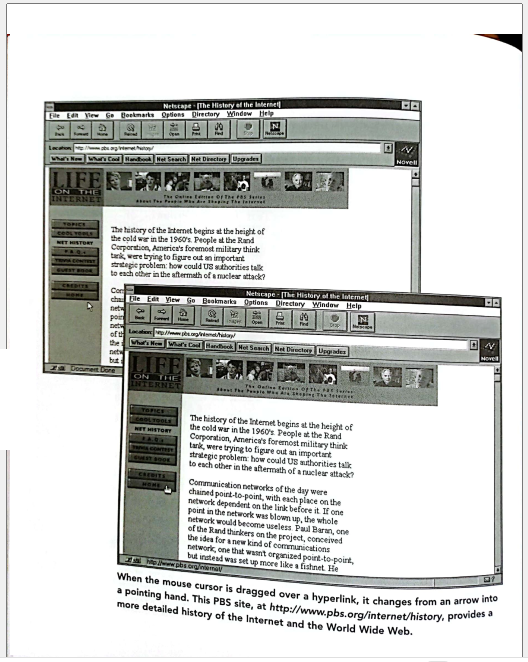
Then things started to get a little weird...
I started to read the text that was screen-captured in the Netscape Navigator image. It was a brief history of the Internet (an Internet history written in 1996, nice). The two sentences highlighted below succinctly described the problem with centralized systems with a single point of failure versus a decentralized, rather, a distributed, system which had no single point of failure. Umm, wow. Sure this was written in 1996 or 97? 
If one point in the network was blown up, the whole network would become useless. Paul Baran, one of the Rand thinkers on the project, conceived the idea for a new kind of communications network, one that wasn't organized point-to-point, but instead was set up more like a fishnet.
Still half chuckling on the next page, I guffawed at the arrows pointing out things like "Back button" pointing the button labeled "Back" and "Forward button" pointing to the button labeled "Forward button" and "Location bar" pointing...well...you get it.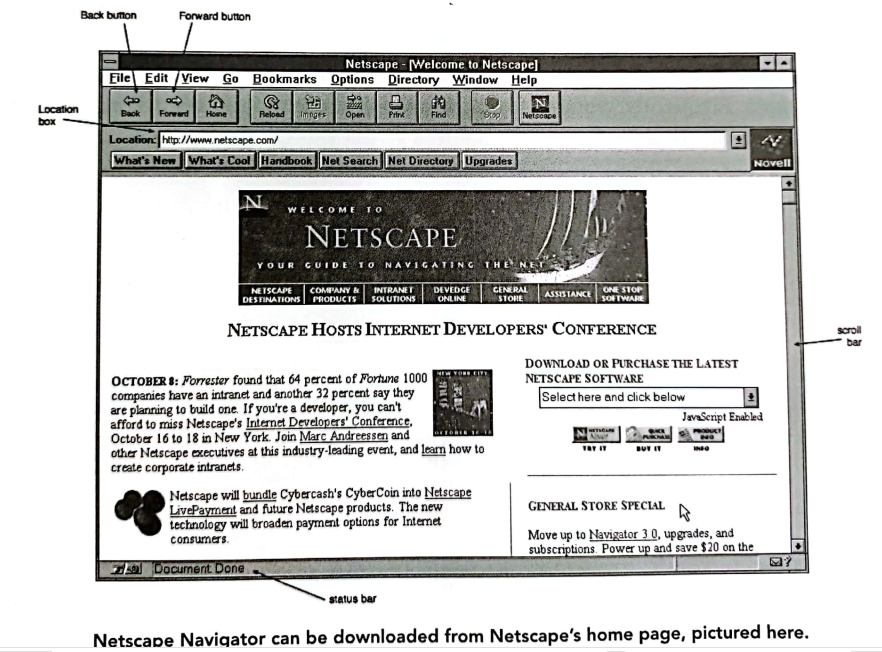
Yet again, I paused to read what was frozen in the screenshot. 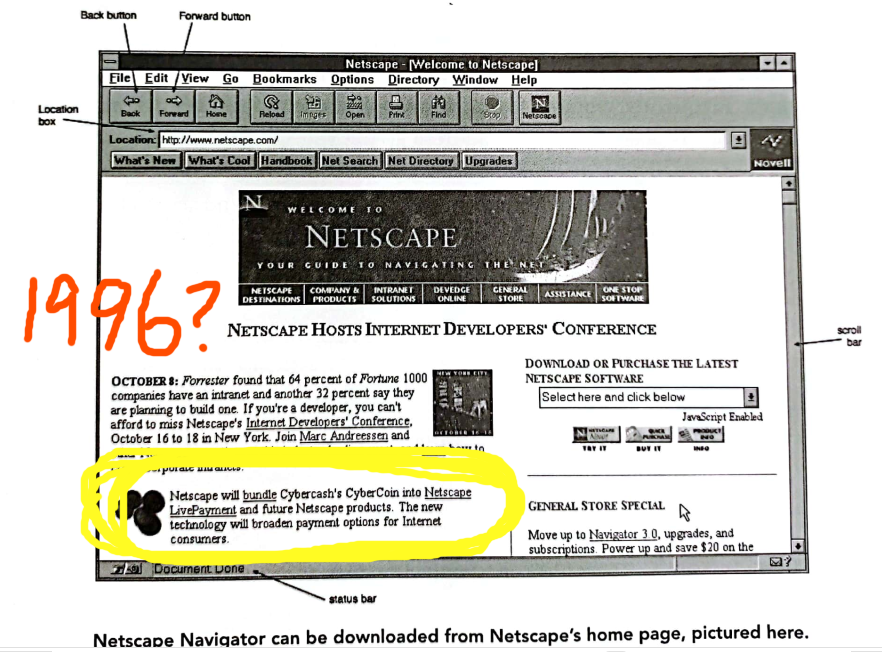
Zoomed in:
Netscape will bundle Cybercash's CyberCoin into Netscape LivePayment and future Netscape products. The new technology will broaden payment options for Internet consumers.
Wow. That sounds a lot like bitcoin and cryptocurrency to me. And that was written over 20 years before Satoshi dropped the whitepaper. I'm sure it didn't work anything like bitcoin, and I'm sure it must have been built on the rails of legacy finance, but, wow.
CyberCash was new to me, so I looked it up...CyberCash on CNET:
I can't help but wonder, "Why was that book there after all this time?" I still don't know. But, a word does come to mind and I'm eager to find out more to this story...
Serendipity.
#bitcoin #lightning #plebchain


